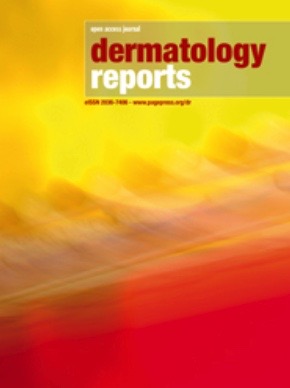Mendelian randomization analysis of the causal association between metabolite and skin cancer
All claims expressed in this article are solely those of the authors and do not necessarily represent those of their affiliated organizations, or those of the publisher, the editors and the reviewers. Any product that may be evaluated in this article or claim that may be made by its manufacturer is not guaranteed or endorsed by the publisher.
Authors
Skin cancer (SC) is a significant public health issue, with increasing incidence rates globally. Although environmental factors such as ultraviolet (UV) exposure are recognized risk factors, the impact of metabolites on SC development has not been thoroughly examined. This study seeks to explore the causal association between metabolites and SC risks using a Mendelian randomization (MR) approach. Our analysis revealed a total of 76 metabolites associated with SC risk. Of them, leucine to N-palmitoyl-sphingosine ratio, glycerol to palmitoylcarnitine ratio, oleoyl-linoleoyl-glycerol levels, and hypotaurine-to-taurine ratio were strongly associated with SC. Notably, leucine to N-palmitoyl-sphingosine ratio and glycerol to palmitoylcarnitine ratio were linked to increased risk factors for SC. However, oleoyl-linoleoyl-glycerol levels and hypotaurine-to-taurine ratio served as the protective indicators of SC. This study highlights the potential role of metabolites in skin cancer etiology, suggesting that metabolic factors may serve as important targets for prevention and risk assessment strategies.
How to Cite

This work is licensed under a Creative Commons Attribution-NonCommercial 4.0 International License.








